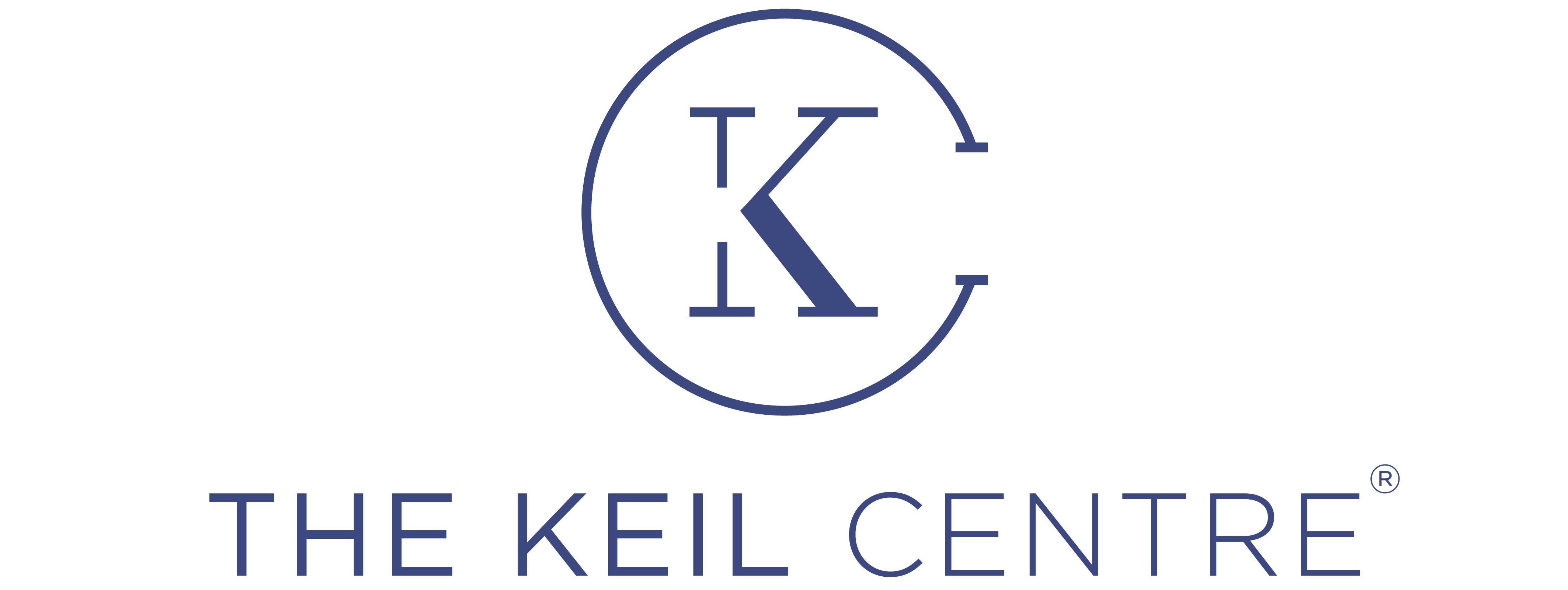Workplace Ergonomics
Our experts help organisations to identify and manage ergonomic risks. The key drivers are to reduce the risk of occupational injury and improve productivity, quality and employee satisfaction.
Who's it for?
We work with health and safety professionals, operational managers and engineers.
Typical concerns are existing musculoskeletal injuries or complaints, performance inefficiencies or quality defects. We also support the design of new or modified workplaces.
We work across all industries, including the high-hazard industries, manufacturing, transport, government agencies, healthcare and defence.
Benefits
Our structured and evidence-based approach will help you to:
- improve equipment, workplace, task or organisational designs
- reduce the risk of work-related injury and ill health
- reduce the risk of human error
- improve productivity and product quality
- improve employee satisfaction
- improve compliance with regulations
Find out more
Our team are happy to provide more information. Please click on the relevant button below to contact us.
We help clients to address work-related injuries, particularly musculoskeletal disorders (MSDs), poor performance and accidents. Our consultants design new or redesign existing workplaces to optimise performance and safety. We also provide expert witness reports for legal cases.
Our experts use recognised tools, methods and standards to address ergonomics risk factors. We have experience in many industries, including aviation, rail, hospitals, laboratories, high-hazard plants, shipping and many more. Our approach includes:- reviewing incident reports, procedures and other supporting information to understand the tasks and potential issues
- collecting data, taking measurements and conducting focused conversations or workshops with personnel and managers
- performing analyses, including various postural analysis and anthropometric calculations
- defining practical and realistic recommendations, including proposals for redesign. If an identified issue requires a more systematic approach to achieve change, we provide advice on how to reach that goal
- reporting the results, including presentations to management
- providing further support for design (or re-design) development. This might include assessing usability, running user trials, and reviewing/ validating design.

